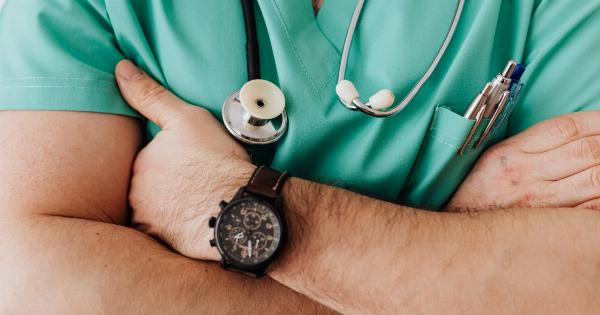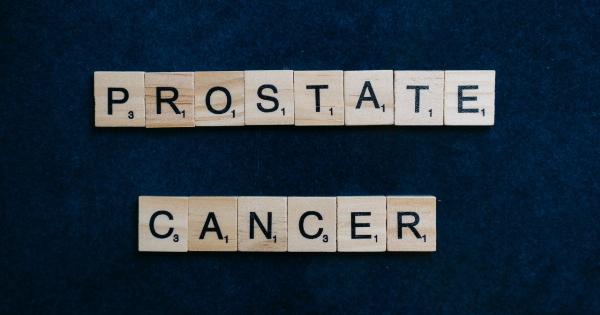Fibroids are non-cancerous growths or tumors that develop in the uterus of women of childbearing age. They are also known as uterine fibroids, myomas, and leiomyomas. In most cases, fibroids are harmless and do not cause any symptoms.
However, in some cases, they can cause debilitating pain and discomfort. In this guide, we will look at everything you need to know about fibroids, including their causes, symptoms, diagnosis, and treatment options.
What Causes Fibroids?
The exact cause of fibroids is not clear, but experts believe that they are caused by a combination of factors, including:.
- Genetics: Women with a family history of fibroids are more likely to develop them.
- Hormones: Estrogen and progesterone are the two hormones that regulate the menstrual cycle. When the levels of these hormones are high, it can cause the growth of fibroids.
- Race: African-American women are more likely to develop fibroids than women of other races.
- Age: Fibroids are most commonly found in women between the ages of 30 and 40.
Symptoms of Fibroids
As mentioned earlier, fibroids do not always cause symptoms. This is why most women are not even aware that they have them. However, in some cases, they can cause the following symptoms:.
- Heavy menstrual bleeding
- Prolonged menstrual periods
- Painful cramps during menstruation
- Pressure or pain in the lower abdomen
- Frequent urination
- Difficulty emptying the bladder
- Pain during sex
Diagnosis of Fibroids
If you suspect that you have fibroids, you should make an appointment with your gynecologist. Your doctor will perform a pelvic exam to check for the presence of fibroids.
They might also recommend an ultrasound or MRI to get a better view of the uterus and to confirm the diagnosis.
Treatment Options for Fibroids
The treatment for fibroids depends on the severity of the symptoms and the size and location of the fibroids. In most cases, doctors will recommend one or more of the following treatment options:.
- Medication: Hormonal medications such as birth control pills can help to regulate the menstrual cycle and reduce symptoms. Pain relievers such as ibuprofen can also help to alleviate pain.
- Non-invasive procedures: Procedures such as uterine artery embolization (UAE) and magnetic resonance guided focused ultrasound (MRgFUS) can shrink the fibroids and reduce symptoms.
- Surgery: In some cases, surgery might be necessary to remove the fibroids. This can be done through a myomectomy (removal of the fibroids) or a hysterectomy (removal of the uterus).
Preventing Fibroids
There is no sure way to prevent the development of fibroids, but there are some things that you can do to reduce your risk:.
- Eat a healthy diet that is rich in fruits and vegetables.
- Exercise regularly.
- Avoid alcohol and caffeine.
- Practice safe sex to reduce the risk of sexually transmitted infections (STIs).
Conclusion
Fibroids are a common condition that affects many women. While they are generally harmless, they can cause debilitating symptoms in some cases.
If you suspect that you have fibroids, it is important to make an appointment with your gynecologist as soon as possible. With the right treatment, you can manage your symptoms and improve your quality of life.





























